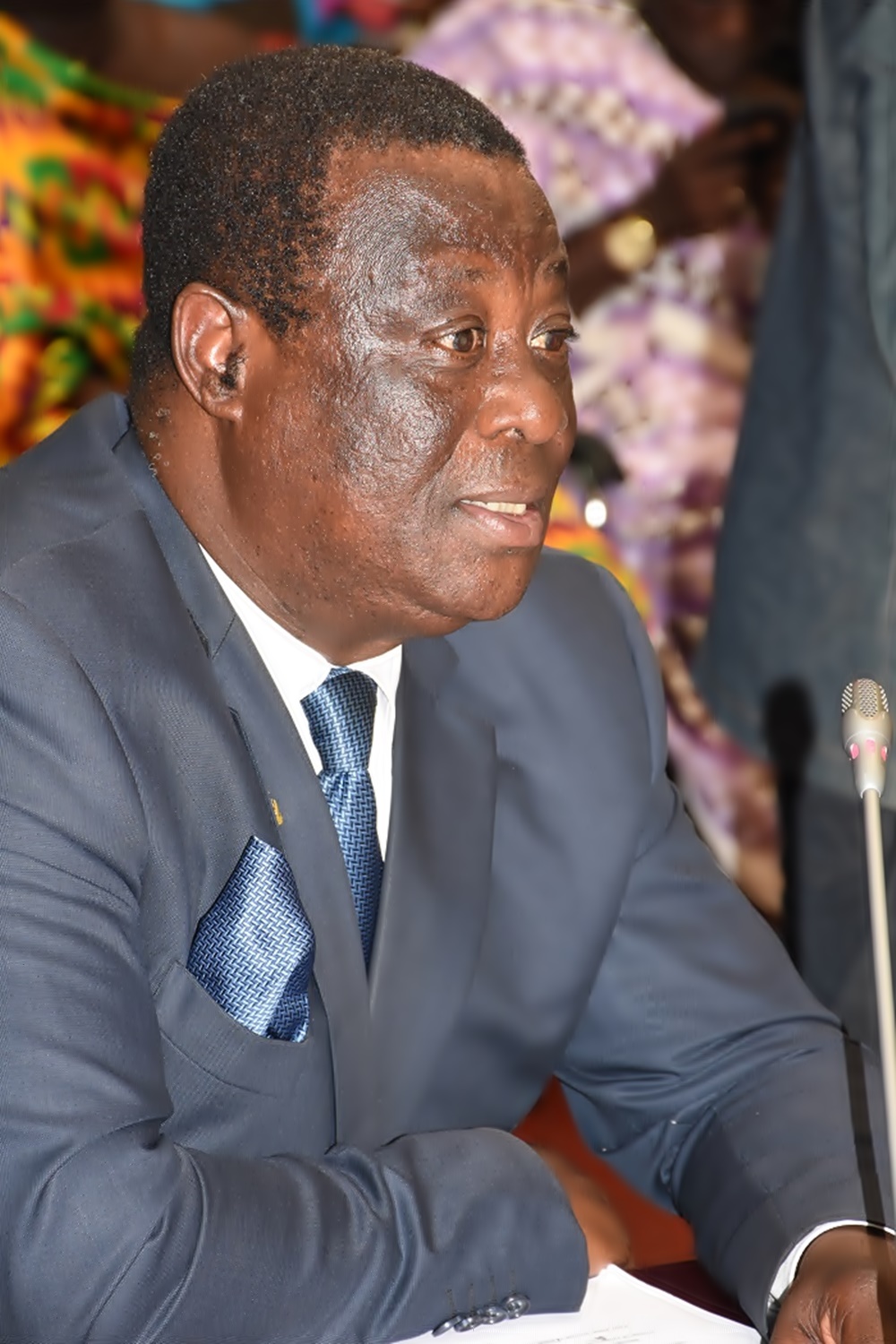
By Frederick ASIAMAH
In a first-of-its-kind assessment report published recently, not a single one of Ghana’s roads and bridges, water, and electric power sectors has been credited to have infrastructure that can be described as good.
The damning rating is contained in a report authored by the Ghana Institution of Engineers (GhIE).
At best, “Ghana’s Roads and Bridges, Electric power and Potable water infrastructure systems or networks are generally in a poor to fair condition,” says the report christened as “Ghana Infrastructure Report Card, 2016.”
The GhIE, which is the professional body whose members conceive, plan, design, build, operate, maintain and manage all categories of infrastructure, including their sustainability, indicates that it has identified eight sectors for scoring but the 2016 scorecard focuses only on the three sectors named above.
Scoring
“Using a familiar A (best) to F (worst) grading system, the Report Card was to take stock of eight specific infrastructure types in Ghana. In this maiden report only three (3) of the primary infrastructure – Roads and Bridges, Electric Power and Potable Water are covered.
“These were chosen for the first report because not a day passes when we do not rely on these infrastructure systems to maintain our quality of life,” the GhIE explained.
A rationale for the scorecard is that it “seeks to determine the extent to which we are also planning for the future needs and the difficulties of sustaining the infrastructure stock.
“In this maiden Report, no regional analysis has been done, we are hopeful that in the future we would be able to present results based on regional and district level analysis.”
The actual scoring was done using grade point scores and associated grades and descriptions. Additionally, there were eight grading criteria, namely: capacity, condition, funding, future need, operation and maintenance, public safety, resilience, and innovation.
Signs of deterioration
The report draws the conclusion that “Even though some relatively new systems have been added to the stock in the last few years, the majority of the systems or networks show general signs of deterioration and require attention.”
Besides, “Most elements exhibit significant deficiencies in conditions and functionality, with increasing vulnerability to risk.”
The authors diagnose that “Finance is a major constraint to renewal, operations and maintenance of the infrastructure.”
They then projected that “Even though future projections indicate that the population and need for infrastructure will increase rapidly, these projections have not been adequately factored into the nation’s current planning schemes.”
Released this month, the “Ghana Infrastructure Report Card, 2016” has recommendations for central government and state agencies, placing emphasis on funding and asset management.
Roads and Bridges
The overall grading for the roads and bridges infrastructure earned a grade of D3, reflecting a score of 2.79 out of 5 points. “Apart from operation and maintenance which scored D2, all other areas of assessment earned an average grading of D3 (2.52 -2.93).
“Less than 30% of the entire networks have paved surfaces. The roads sector has encountered various funding problems especially with the road fund which currently is unable to finance most of the maintenance needs of the network,” the authors reported.
Electric Power
The Electric power was rated with a grade of D2 (3.08 out of 5), indicating that the system is in fair state with mediocre performance and requiring attention. “The electric power sector was rated D1 for capacity and condition, D2 for operation and maintenance, innovation, resilience and public safety and D3 for current and future funding and needs,” the authors explained.
“Power generation capacity has improved substantially in the last eight years with the addition of both hydro and thermal sources. That notwithstanding, much more is required to place the generation, transmission and supply on a sustainable track for future generations,” they pointed out.
Potable Water
The grading of the Potable water infrastructure earned a grade of D3, a score of 2.79 out of 5.00. Seven areas of assessment earned grade D3 except for capacity which obtained D2 probably in acknowledgement of the increase in access to water both at the Urban and rural levels.
But “Most of the water supply systems were built over 30 years ago. The yields from supply sources are thus no longer able to meet current demand.”
What to do
The authors say that “Implementing agencies need to collect appropriate data for future systematic planning.”
They also highlight that the scores can be improved if funding and asset management practices are employed.
Lastly, “Government should incorporate the findings in this report into the different Sector Medium Term Development Plans (SMTDP) and ensure their implementation,” they recommended.
























